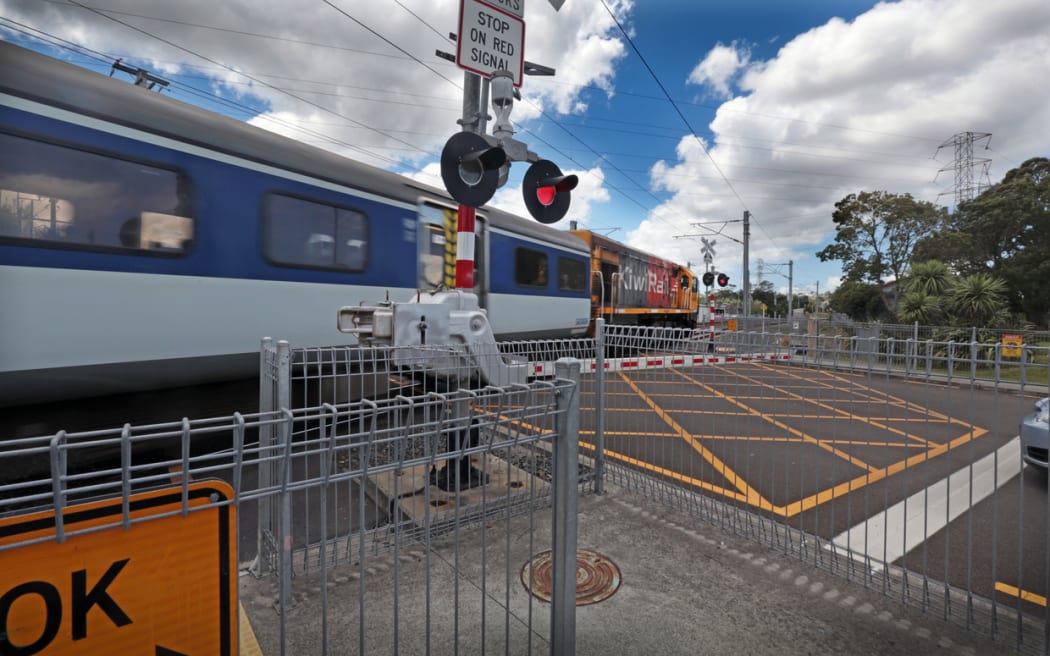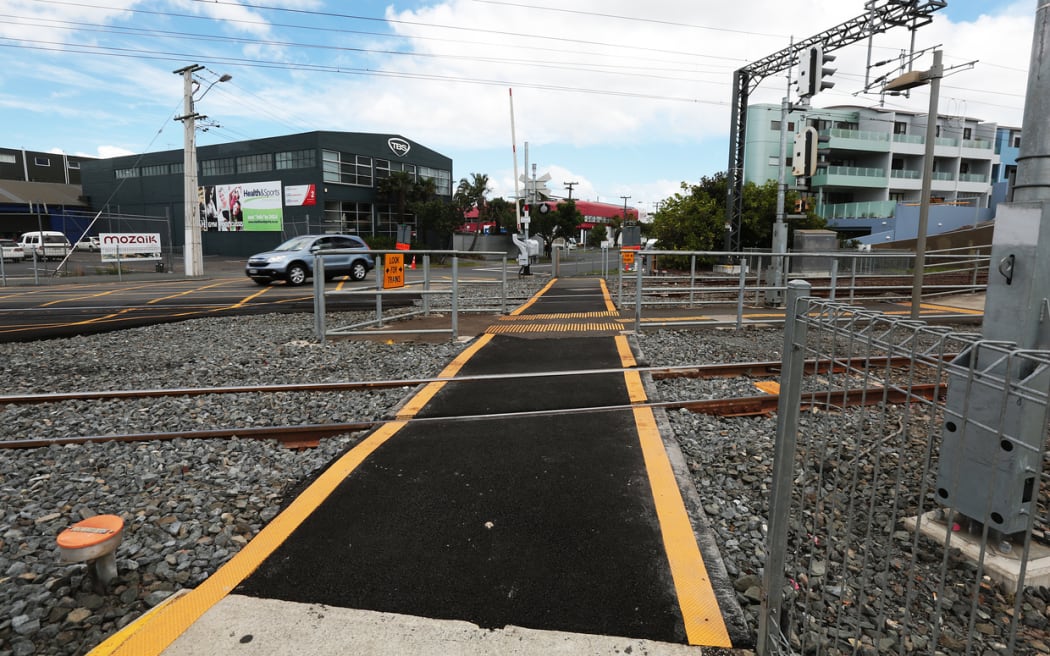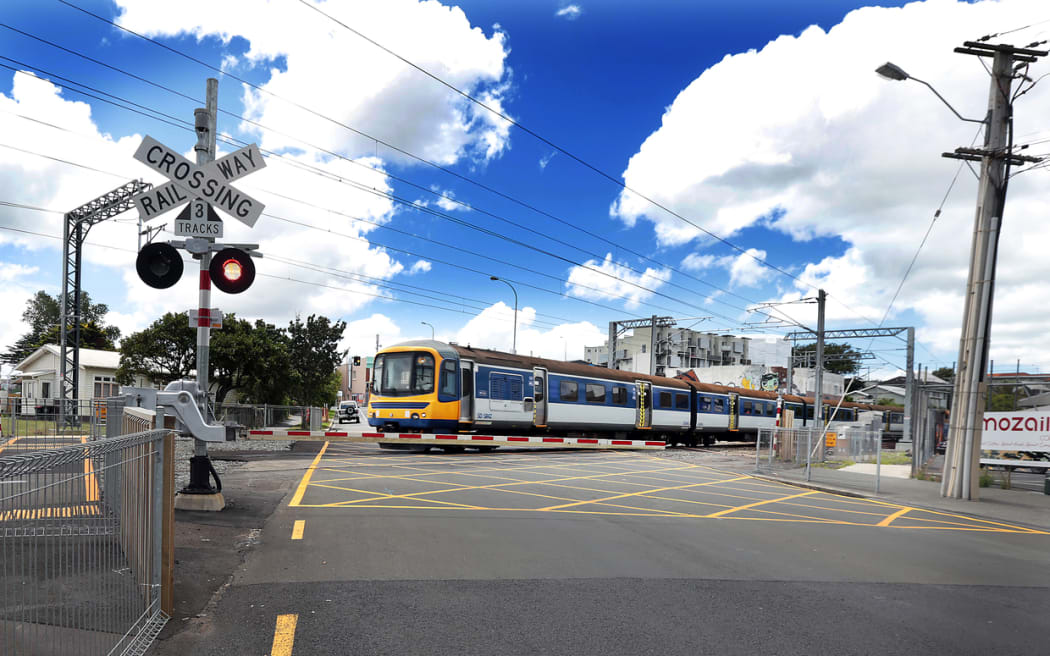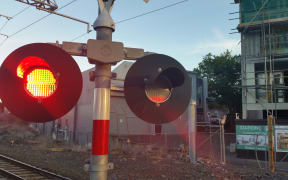The increase in the number of trains planned for Auckland's rail network has prompted a warning that the city's "killer" level crossings will become more hazardous than ever.

Photo: RNZ / Diego Opatowski
Since 2004, seven pedestrians have been hit and killed by trains across the network, according to Ministry of Transport figures.
Last month, 24-year-old Tejaskumar Patel was killed at Morningside - almost two years since a woman was critically injured when her wheelchair got stuck due to poor maintenance at the same crossing.
Two of the fatalities happened at Portage Road, in 2012.
Auckland Transport is set to release an 18-month long report looking into 31 of the 48 level crossings, and deciding whether to get rid of them, or build bridges and underpasses at the sites.
KiwiRail says the Morningside crossing now has every safety measure available, including flashing lights and barrier arms.
People spoken to in the area said was largely up to individuals to be responsible for their own safety, and look out for red lights and trains.
But spokesperson for Campaign for Better Transport, Graeme Easte, said all of Auckland's 48 level crossings - including Morningside - ought to be removed.
"We're moving from having a handful of services per hour to perhaps 12 per hour going over a level crossing.
"You multiply that out, it's something like a million times that a train goes over a crossing in Auckland. Even if the chances are very low, you can see that sooner or later, we're going to have an accident."
He said removing the crossings would be very costly, but it if was not done lives would continue to be put at risk.

Morningside Drive level crossing Photo: RNZ / Diego Opatowski
He said Auckland should follow Melbourne's example, where the dangers of the city's 177 level crossings were recognised some years ago, and a $400 million programme was put in place to gradually get rid of them.
Mr Easte said the crossings would also become an increasing inconvenience to traffic.
"With increased frequency of trains, we're going to have barrier arms going up and down, up and down every hour.
"At some crossings, they're going to be down at least a quarter of the time, in some cases a third of the time."
A barrier advisor to Auckland's CCS Disability Action, Vivian Naylor, said building over or under level crossings would be expensive and create eyesores. She suggested gates at crossings which locked automatically when a train arrived as a safety option.
Ms Taylor said Kiwirail and Auckland Transport could do only so much to make crossings as safe as possible.
"They've worked and are continuing to work to keep the tracks a lot safer and maintaining them better. So certainly for people with wheeled conveyances, whether it's wheelchairs or walking frames or even prams that they can go across the track with a much higher level of safety than perhaps they've been able to up until now."
Auckland Transport has almost completed its report on 31 level crossings within the city's electrified network between Swanson and Papakura. It will recommend either that no money is spent, or that $242.7 million be set aside to be spent over the next 10 years.
Pedestrian deaths since 2004:
- June 2006 : Pedestrian killed at Papatoetoe level crossing.
- November 2008 : Pedestrian killed at Totara Avenue level crossing.
- February 2012 : Pedestrian killed at Portage Road level crossing.
- July 2012 : Pedestrian killed at Portage Road level crossing.
- October 2012 : Pedestrian killed at Takanini level crossing.
- November 2013 : Pedestrian killed at Taka Street level crossing.
- January 2015 : Pedestrian killed at Morningside Drive level crossing.
Source: Ministry of Transport.

Morningside Drive level crossing Photo: RNZ / Diego Opatowski


